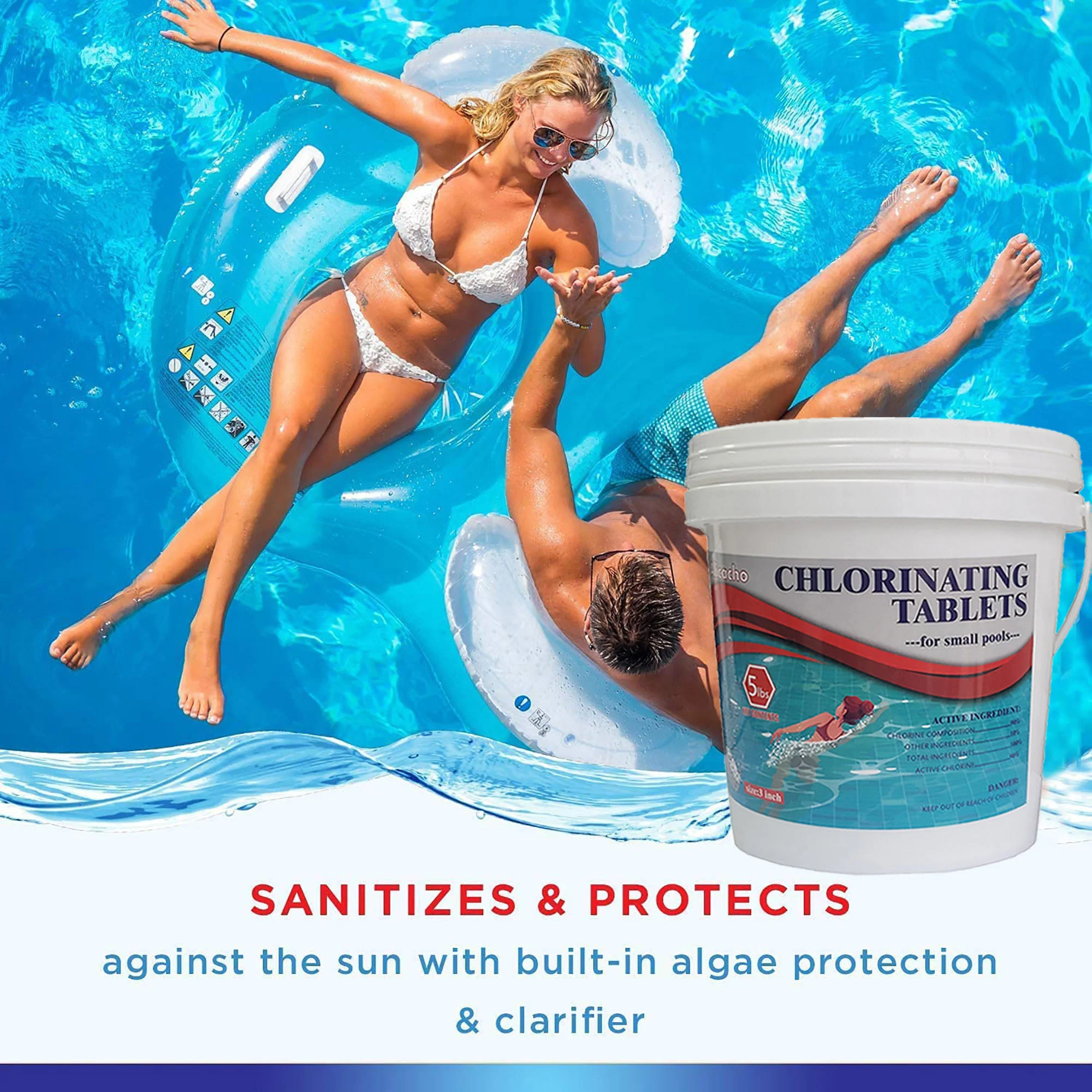Chlorine granules play a pivotal role in maintaining the health and clarity of your pool water. By ensuring proper chlorination, you protect your pool from algae, bacteria, and other harmful organisms. This guide dives into the specifics of using chlorine granules effectively.
Types of Chlorine Granules
Chlorine granules come in various types, each tailored for specific pool maintenance needs. The most common types include:
- Calcium Hypochlorite: Ideal for outdoor pools as it is highly effective in sunlight.
- Dichloroisocyanuric Acid (Dichlor): Contains cyanuric acid, which protects chlorine from UV rays, making it suitable for both indoor and outdoor pools.
- Trichloroisocyanuric Acid (Trichlor): Similar to Dichlor but with a higher concentration of cyanuric acid. It dissolves slowly, providing a steady release of chlorine.
Proper Usage of Chlorine Granules
Determining the Correct Amount
The amount of chlorine granules you need depends on your pool's volume and the current chlorine level. A general guideline is to maintain a chlorine concentration between 1 to 3 ppm (parts per million). Test your water regularly and adjust the chlorine addition accordingly.
Dissolving Process
Before adding chlorine granules to your pool, dissolve them in water to ensure even distribution and prevent damage to your pool’s surfaces. Use a clean bucket filled with water from your pool, add the recommended amount of granules, and stir until fully dissolved. Then, distribute the solution evenly around the pool while the filtration system is running.
Safety Measures
Handling chlorine granules requires caution. Wear protective gloves and goggles to avoid skin and eye irritation. Ensure you store chlorine in a cool, dry place away from direct sunlight and other chemicals to prevent dangerous reactions.

Troubleshooting Common Issues
- Cloudy Water: Often indicates insufficient chlorine levels. Test your water and adjust the chlorine dosage as needed.
- High Chlorine Levels: Too much chlorine can irritate skin and eyes. If levels exceed 3 ppm, refrain from swimming until it drops. Consider using a chlorine neutralizer if necessary.
- Chlorine Odor: A strong chlorine smell does not mean an excess of chlorine but rather the presence of chloramines, which form when chlorine reacts with contaminants. Increase chlorination briefly to break down chloramines.
In conclusion, understanding and applying the proper use of chlorine granules is essential for maintaining a safe and inviting pool environment. Regular testing and adjustments ensure your pool remains a healthy and enjoyable space for everyone.